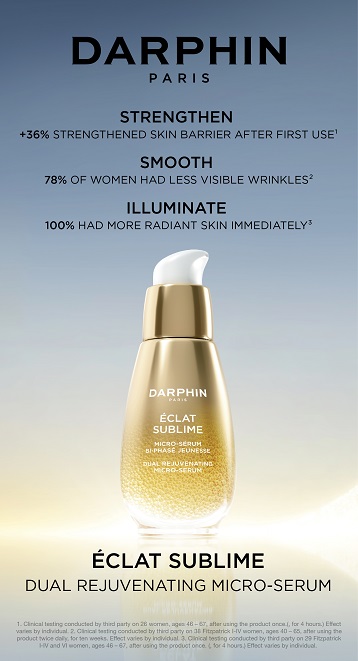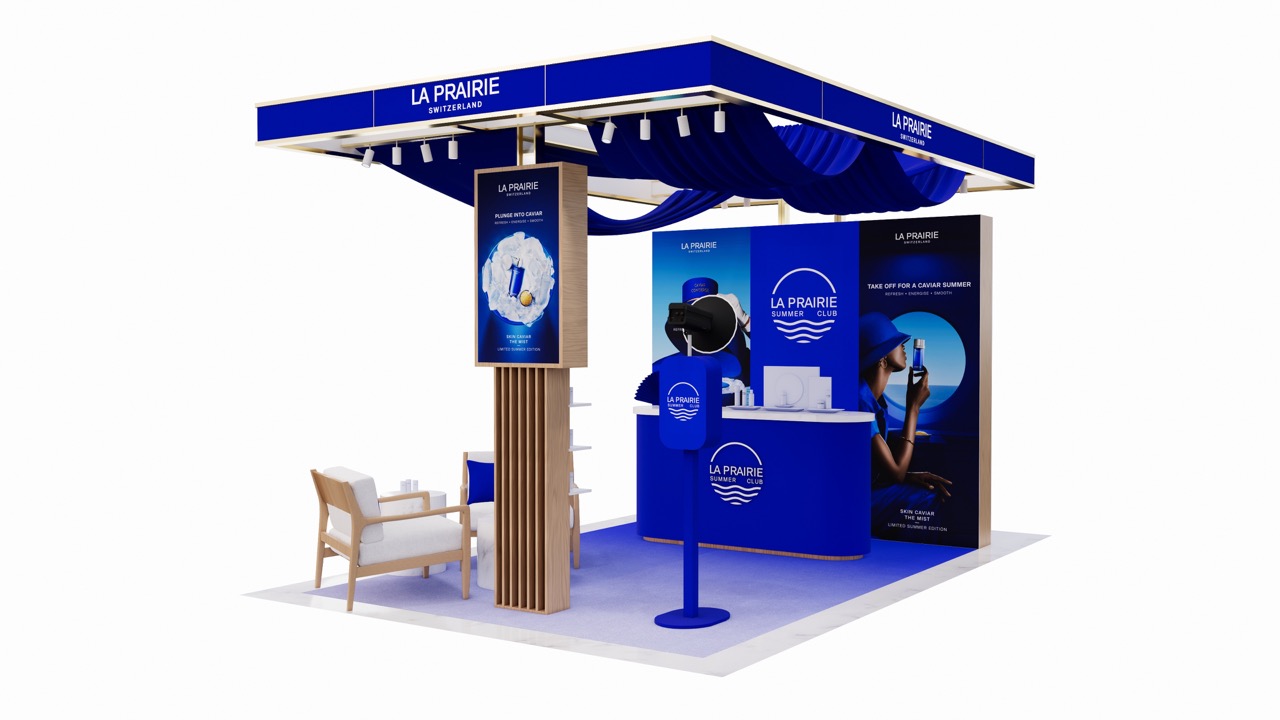Shiseido Travel Retail posted net sales of ¥27.8 billion (US$255.2 million) in the first quarter of its fiscal year, ending 31 March 2020, a decline of -1.6% at foreign exchange-neutral rates (-3.1% reported). The figures include travel retail in Japan and overseas.
The company said that travel retail had begun the year strongly in January (following an outstanding 2019), with Asia showing a +20% surge due to strong demand in China and South Korea, but the impact of lockdowns in many countries meant sales fell sharply from February onwards. In particular, the -90% drop in Chinese outbound travellers in March was a key contributing factor.

Outlining the Q1 performance, a group statement on travel retail noted: “While many brands saw weak performance, sales of such brands as Clé de Peau Beauté and NARS, which were sluggish in the same period of the previous fiscal year due to a shortage of some products, increased.”
Shiseido Travel Retail President & CEO Philippe Lesné said: “The COVID-19 pandemic has presented us with an unprecedented global challenge and our priority remains the health and safety of our employees, consumers and partners around the world.
“We are humbled to be in a position to contribute value to our society, for people in all regions. As a group, we are supporting the global fight against COVID-19 through the donation of relief supplies and the production of hand sanitiser.
“The travel retail industry has weathered its fair share of crises to emerge stronger than before. Let us stand together with a steadfast spirit and trust that our collective resilience will carry us through the challenges ahead.”

Operating profit in the travel retail division contracted -33.7% year-on-year to ¥5 billion, mainly due to lower profit margins accompanying weaker sales and an unfavourable product mix.

Total group net sales (across all channels) hit ¥226.9 billion, down by -17.1% in the quarter, or -15.8% at foreign exchange-neutral rates. Across the quarter, net sales in Japan fell by a steep -21% while in China they bottomed out in February but improved in March (-12% in the quarter). In the Americas, sales fell by -9%, “deteriorating dramatically in March,” but with the impact offset by a strong ecommerce performance.

Group operating profit decreased -83.3% year-on-year to ¥6.5 billion, as a drop in margins resulting from lower sales and unfavourable product mix outweighed cost-saving measures. Net profit attributable to owners of the parent company declined by -95.8% year-on-year to ¥1.4 billion, affected by the decrease in operating profit and a negative impact on tax expenses, among other factors. The EBITDA margin reached 10.6%.

Looking at the potential economic impact of COVID-19, Group President & CEO Masahiko Uotani said that a neutral scenario foresaw recovery in early 2021, but a worst-case scenario could mean full recovery is delayed until 2023.
He said that under the mantra, ‘crisis as a transformation opportunity’, Shiseido was working on initiatives to accompany a delayed recovery, from prudent cost management to investment in the recovery of China (2020), structural reforms (2021-22) and accelerated growth behind a new vision (2023).
Key platforms for that new vision for 2023 and beyond include:
- Global-level productivity
- A cash-flow-oriented business
- Sustainability-focused management and marketing
- Restructuring of business and brand portfolios (including review of business, brand and regional strategies and divesting non-core businesses plus conducting strategic M&As)
- Digital transformation of business models with enhanced omni-channel, D2C and Beauty Tech capabilities
- Increased capability and cost efficiency through collaboration and open innovation
- Diverse people, organisations, work styles.









